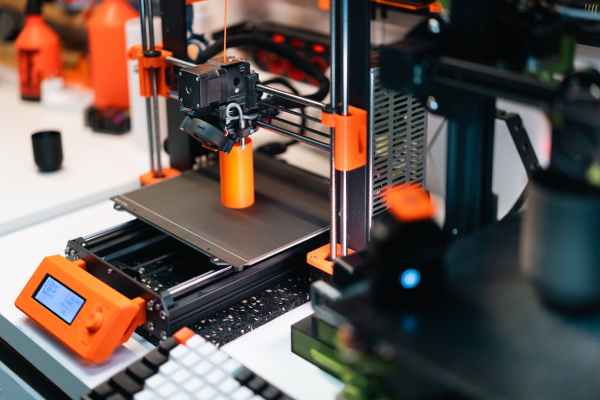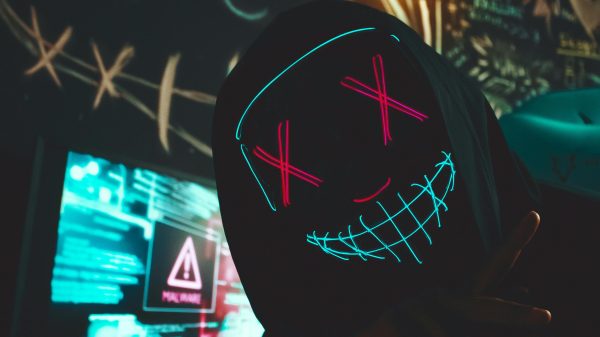According to a study carried out by the consultancy Gartner in 2017, by the end of 2022, users will consume more fake news than real news in the West. The fact is that nowadays,fake news have become a major problem for society, especially in times of crisis and uncertainty, where hoaxes about pandemics, political imbalance or the war in Ukraine have not stopped spreading.
Nowadays, anyone with access to social networks and messaging applications is exposed to receiving and spreading fraudulent news. In addition, these platforms have generated a huge amount of fake content with a tendency to go viral. The reason is that, on the one hand, digital sophistication makes it possible to give fake content a greater appearance of veracity by manipulating images, videos, audios, and, on the other hand, there are amplification tools, such as the creation of bots, designed to boost such content in an automated way.
The risk of fake news for society is that it is an attack on democratic systems. Disinformation violates the right to accurate information, endangers citizens on issues of public interest, such as climate change or gender equality, and encourages wrong decisions based on manipulated and erroneous information.
What’s the solution to stop hoaxes?
Hoaxes and misinformation have always existed, so stopping the creation of fake news will probably not be possible. However, there are actions that can be taken to reduce the damage they cause by acting on the three phases of disinformation, with a comprehensive and cross-cutting approach: production, dissemination and consumption. And both citizens and public and private bodies must act through education and critical consumption by citizens.
There is also a need to step up efforts to make technologies into tools that can detect falsehoods and build greater trust between the producers of truthful information and the consumers of that information. In this regard, some organisations and media outlets have specialised in the verification of information through the use of high technology.
Explicable Artificial Intelligence
The fake newa are not only a problem for consumers of information, but also for journalists and disseminators. In this context, the Spanish startup, AyGLOO, together with the news agency Europa Pressis working on a project to detect fake news with the use of Explainable Artificial Intelligence, XAI.
The goal of the project is to design a simple and effective tool for journalists, researchers and disseminators to verify information circulating on the internet, social networks and forums. The tool is based on XIA, which involves the use of AI and machine learning methods to help users understand AI results and potential biases, and improving the fairness and transparency of the resulting algorithms. Journalists will therefore be able to know the reasons why the system considers information to be false or true.
With such applications, current verification processes can be streamlined, as AI and natural language understanding are able to analyse the text of news stories and alert the journalist to truth or falsehood.
Fact-checking: technology to fight fake news
Hoaxes, fake news and half-truths are not unique to social media, yet they are the perfect medium for viralisation. For this reason, the user must keep a critical eye on the data and news he or she receives on an ongoing basis.
Having the right tools to verify information, its origin, sources and context is a first step in limiting the effect of hoaxes. To this end, the development of technology to combat fake news has encouraged the creation of platforms and applications that scour daily news for hoaxes. These are the so-called fact-checking tools.
TinEye
TinEye is a reverse image search engine, i.e., it searches the internet for matches based on an image, rather than conventionally crawling images based on text. This way, we can find out if an image has been used without permission, for example.
This tool has more than 16.4 billion indexed images, and does not use image names or metadata linked to the image in question for its searches. In addition, this search engine contains browser extensions, which makes it easy to use.
Whois
False information can come not only from single images or texts, but also from links. With Whois, users can look up information about a domain online. The platform tracks the registration data of a domain to facilitate the review of the veracity of the website, as well as the duration in time and updates of the page.
Google Fact Check Tools
Any user should have specialised verification websites at hand, especially if he or she is involved in communication. To solve this problem, the following has arisen Google Fact Check Toolsa scanner with a check markup. The platform is based on the Fact Check Explorer and Fact Check Markup Tool.
The first of these allows quick searches on hoaxes published about people, organisations, topics, etc., and even research into statements. In addition, it works in different languages, in a simple way. Meanwhile, Fact Check Markup Tool is a tool exclusively for journalists. With it, structured information on the verification process can be added.










